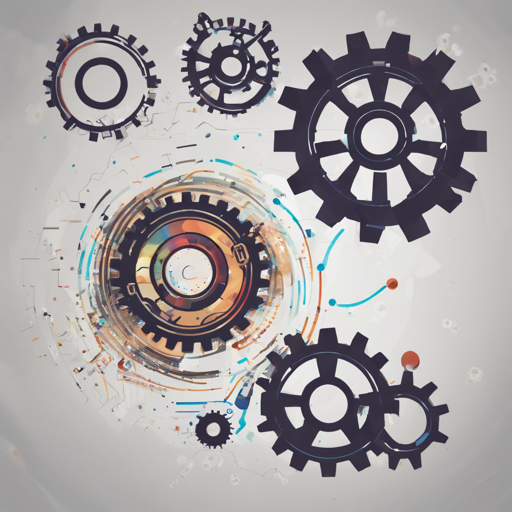Are you ready to step into the world of Optical Character Recognition (OCR) with the power of TROCR (Transformer OCR)? In this guide, we will walk you through the process of setting up and fine-tuning a specificity-driven OCR model using the beit+roberta architecture. Let’s break this down so that even the most complex steps seem like basic building blocks!
What You’ll Need
- macOS System
- Docker installed
- Python environment set up
- Familiarity with command-line interfaces
Setup Steps
To get started, follow these simple steps:
-
Build TROCR Docker Image
Run the following commands in your terminal:
docker build --network=host -t trocr-chinese:latest .Then run the Docker container:
docker run --gpus all -it -v /tmp:/trocr-chinese trocr-chinese:latest bash -
Install Python Requirements
Ensure that you install the necessary Python packages:
python -m pip install -r requirements.txt -
Picture Perfect
Make sure your images are ready to be processed. You can generate a custom vocabulary with:
python gen_vocab.py --dataset_path dataset.txt --cust_vocab .cust-data/vocab.txt -
Download Pretrained Weights
Head over to this link to download the pretrained weights. Don’t forget the password: 0o65.
-
Initialize and Train the Model
Make sure you are using the correct version of transformers for your fine-tuning:
pip install transformers==4.15.0Now run the init script:
python init_custdata_model.py --cust_vocab .cust-data/vocab.txt --pretrain_model .weights --cust_data_init_weights_path .cust-data/weightsTo train the model, use:
python train.py --cust_data_init_weights_path .cust-data/weights --checkpoint_path .checkpointtrocr-custdata --dataset_path .dataset/*.jpg --per_device_train_batch_size 8
Understanding the Code Like a Pro! (Analogy)
Imagine you’re assembling a complex model airplane. Each component—wings, fuselage, and engine—requires precise attention. The process of docker build is akin to preparing the workspace, ensuring you have all materials handy. The Python installations serve as critical components; without them, your plane might be grounded.
As you set up the custom vocabulary, think of it as customizing the decals for your model plane—this makes it uniquely yours! Once the plane is built, training your model is like testing it in the sky—tweaking and refining until you get smooth flight. Finally, converting to ONNX for further performance optimization is similar to adding a sleek paint job, ensuring it looks good while soaring!
Troubleshooting Tips
If you run into issues while following these steps, consider the following troubleshooting ideas:
- Ensure Docker is properly set up and running.
- Double-check your Python environment for missing packages.
- Validate the file paths used in commands.
- If you see accuracy issues, make sure the right transformers version is installed and weights are initialized correctly.
For more insights, updates, or to collaborate on AI development projects, stay connected with fxis.ai.
Final Thoughts
At fxis.ai, we believe that such advancements are crucial for the future of AI, as they enable more comprehensive and effective solutions. Our team is continually exploring new methodologies to push the envelope in artificial intelligence, ensuring that our clients benefit from the latest technological innovations.

